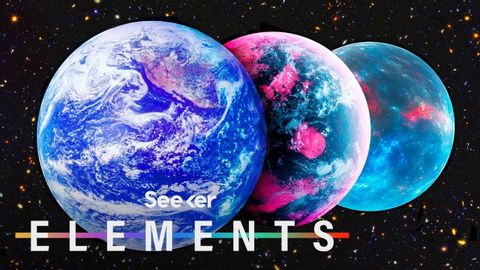銀河系には3億個の地球があるかもしれない (There May Be 300 Million Earths in Our Galaxy Waiting to Be Found)
林宜悉 が 2021 年 01 月 27 日 に投稿  この条件に一致する単語はありません
この条件に一致する単語はありませんUS /ɪk'strimlɪ/
・
UK /ɪkˈstri:mli/
US /ˈkrɪtɪkəl/
・
UK /ˈkrɪtɪkl/
- adj.批判的な;重大な;批評の;批判的な;重篤な
エネルギーを使用
すべての単語を解除
発音・解説・フィルター機能を解除
